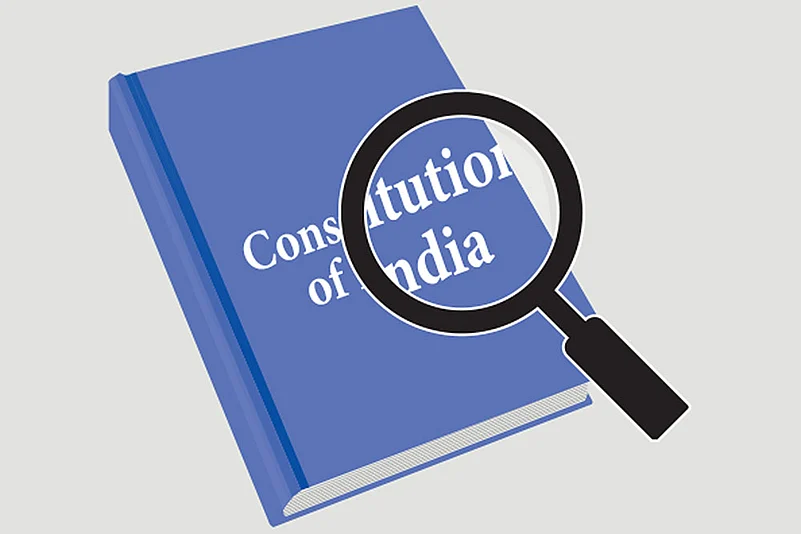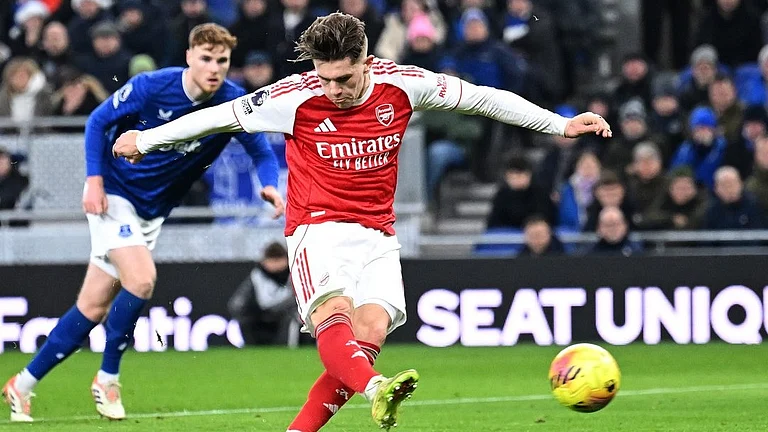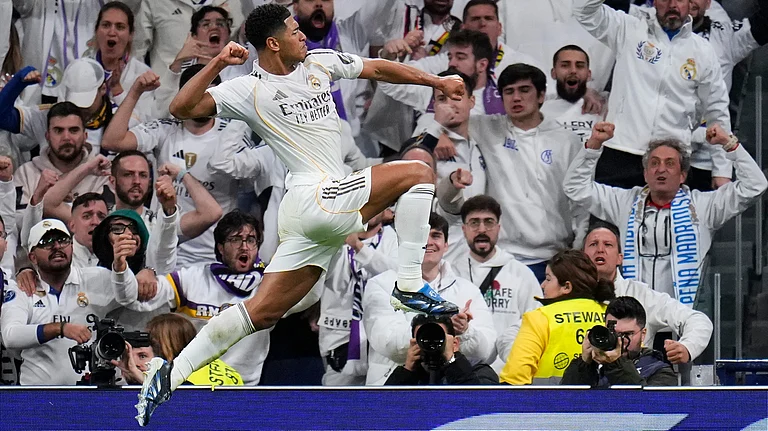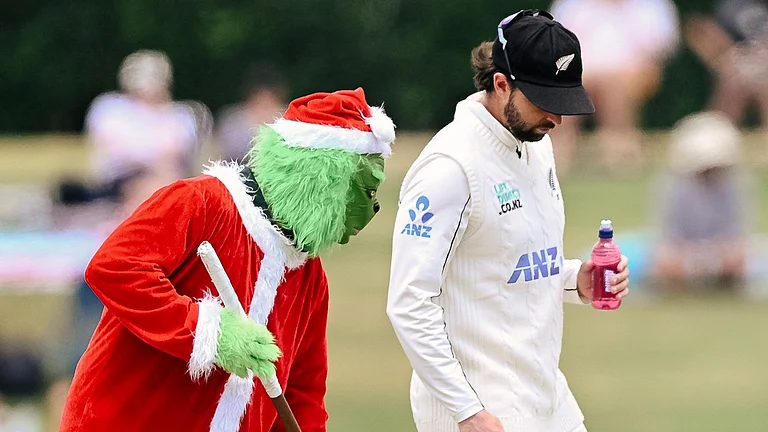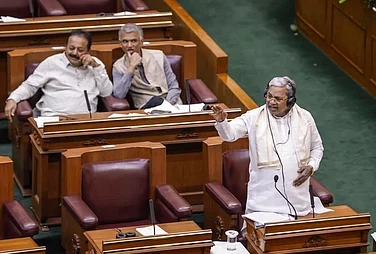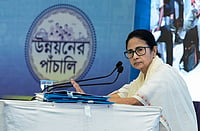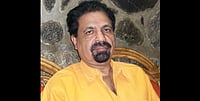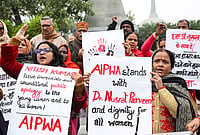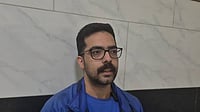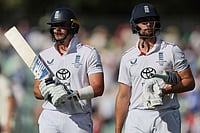Where Supreme Court expanded central govt powers
- Interpretation of lists (union, state, concurrent)
- Reorganising states
- Centralised planning
- Power over states (including Emergency)

Inaugural sitting of the Supreme Court on January 28, 1950
The Supreme Court
- Founded in October 1937 as Federal Court, and on Republic Day, 1950, as Supreme Court
- Strength at the time of founding: Chief Justice of India and seven judges
- Current sanctioned strength: 31
- Appointments made by CJI and four puisne judges
- Final court of appeal and constitutional court, top administrator of justice delivery
- Advocates-on-record chosen through rigorous examination after minimum five years law practice

The Chief Justice of India
- Constitutional authority; customarily, the seniormost among the SC judges is chosen
- Administrative head of the Indian judiciary and the Supreme Court
- First CJI of Independent India: Justice H.J. Kania
- Current: 45th CJI Justice Dipak Misra

CJI Dipak Misra (left), Justice Chelameswar
Master of the Roster
- Ållegations arose in the medical institute case
- Justice Chelameswar marked it to five seniormost judges
- CJI broke a sitting constitutional bench to form another
- Fresh constitutional bench that excluded five seniors took over the matter
- CJI was declared “master of roster” in a background of chaos and heckling
- PIL to probe alleged bribery dismissed on merits

Kesavanand Bharti
Pre-Emergency Tussles
- In three cases (bank nationalisation, privy purse, Golak Nath), the Supreme Court scuttled overnight ordinances that diluted fundamental rights
- The Congress-majority Parliament retorted with constitutional amendment, also barring judicial review of such amendments
- 13-judge bench heard Kesavanand Bharti back-to-back for 65 days
- Bare majority decision froze basic structure, upheld fundamental rights

Indira Gandhi and Justice A.N. Ray
- Indira Gandhi appointed seniormost among dissenting judges in Kesavanand Bharti as next CJI, superseding three senior to him

Justice V.R. Krishna Iyer
- June 24, 1975: Supreme Court judge V.R. Krishna Iyer upheld election case against Indira Gandhi
- June 25, 1975: Emergency declared
- Habeas Corpus case dissenting judge H.R. Khanna superseded by Mirza Hameedullah Beg






